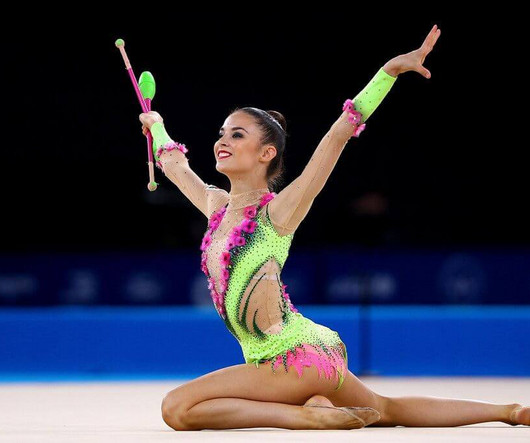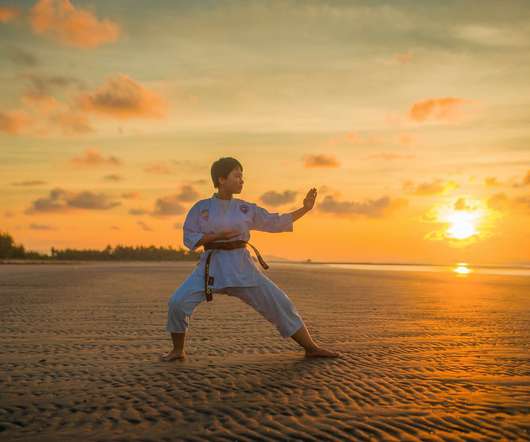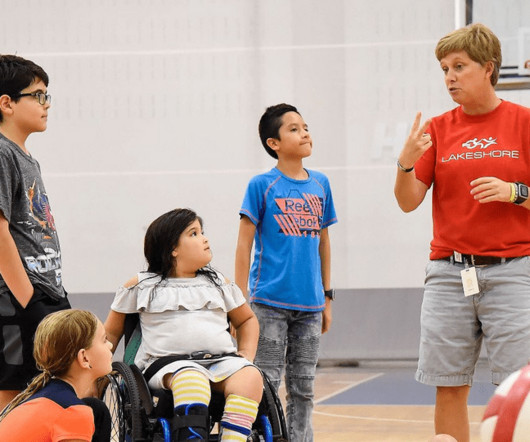THE PITFALLS OF 'MORE, YOUNGER' MINDSET Why Starting Kids Too Early and Pushing Them Too Hard Can Backfire in Youth Sports
Better Coaching
DECEMBER 24, 2024
Physical Growth and Maturation From infancy to adolescence, children undergo substantial changes in skeletal structure, muscular strength, cardiorespiratory capacity, and coordination. Some children do not show significant athletic promise at age 10, but by 15 or 16, they have the size, strength, and motivation to excel.











Let's personalize your content